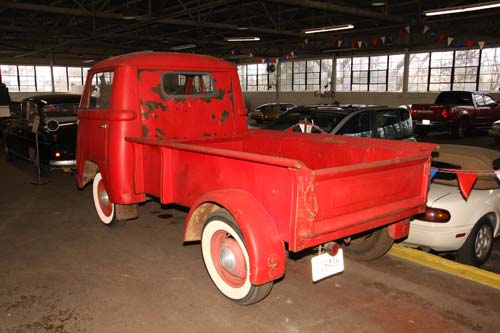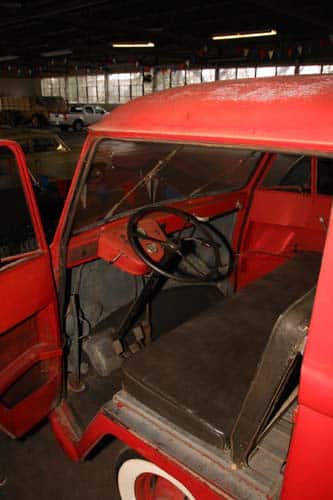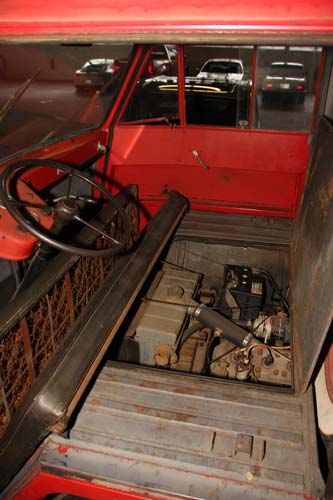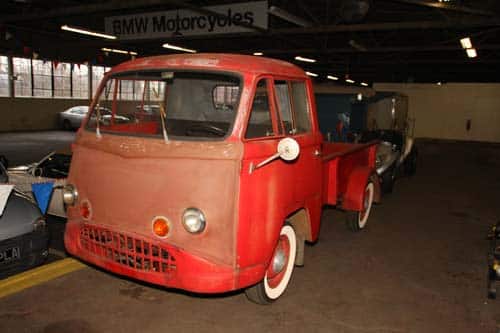
Tempo Viking-1955
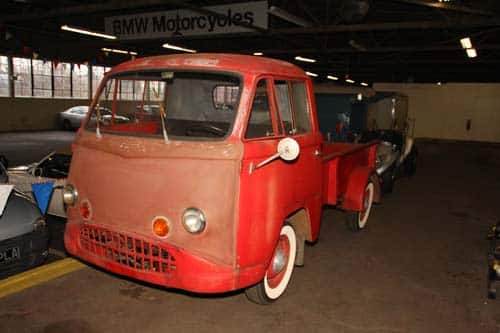
In the years following World War I, German’s economy was in a slump, with economic sanctions placed by the Treaty of Versailles. Max Vidal and Sohns, previously a fire-fighting equipment supplier to German’s coal industry, changed focus in 1926 to building automobiles. They started with a simple commercial vehicle, the Tempo T1, a tricycle delivery cart powered by a single cylinder 198cc two-stroke motor, similar to Goliath’s popular Blitzkarren.
Tempo added a four-wheeled delivery van in 1950, the Matador, powered by a Volkswagen engine until VW withdrew their engine in 1952. Dietrich Bergst, Tempo’s chief designer, switched to using Heinkel microcar engines under license, but sales of the Matador slowed.
In response, Tempo released this model, the Viking (sometimes spelled Wiking), a small, inexpensive four-wheeler powered by a Heinkel two-cylinder 460cc two-stroke engine.
Specifications:
Manufacturer: Vidal & Sohn Tempo Werk
Country of Origin: West Germany
Drivetrain Configuration: Front engine, front wheel drive
Engine: 460cc, two-cylinder, two-stroke, air-cooled, 20HP
Transmission: 4 speed manual
Top Speed: 40 MPH
Years of Production: 1953-1955
Number Produced: Unknown

